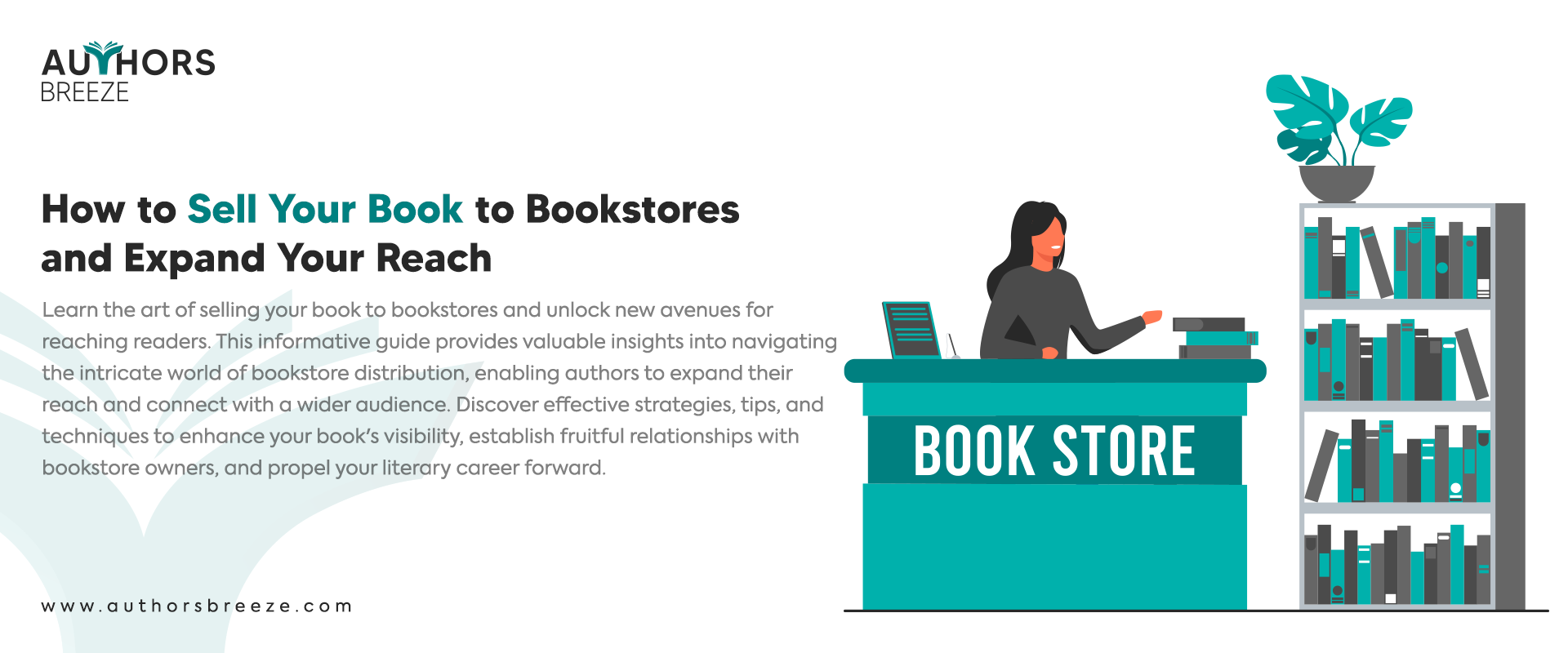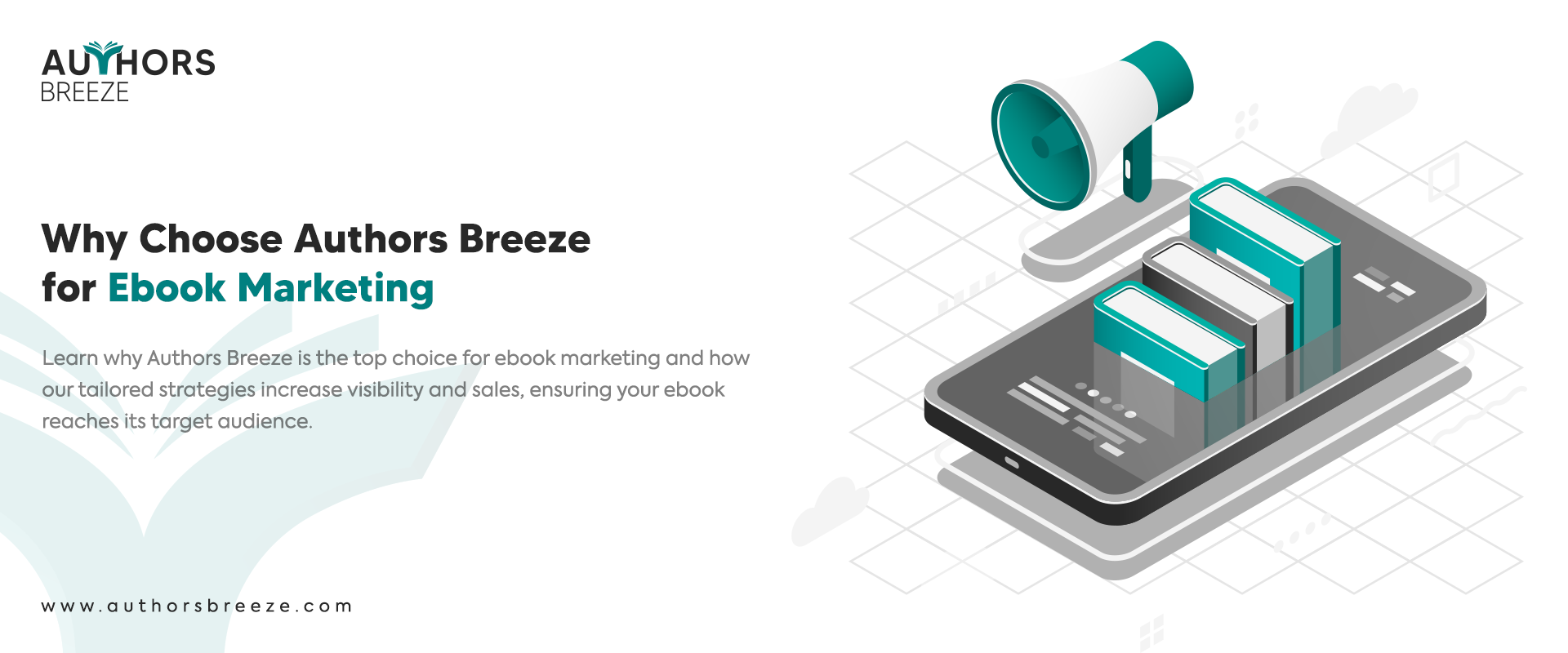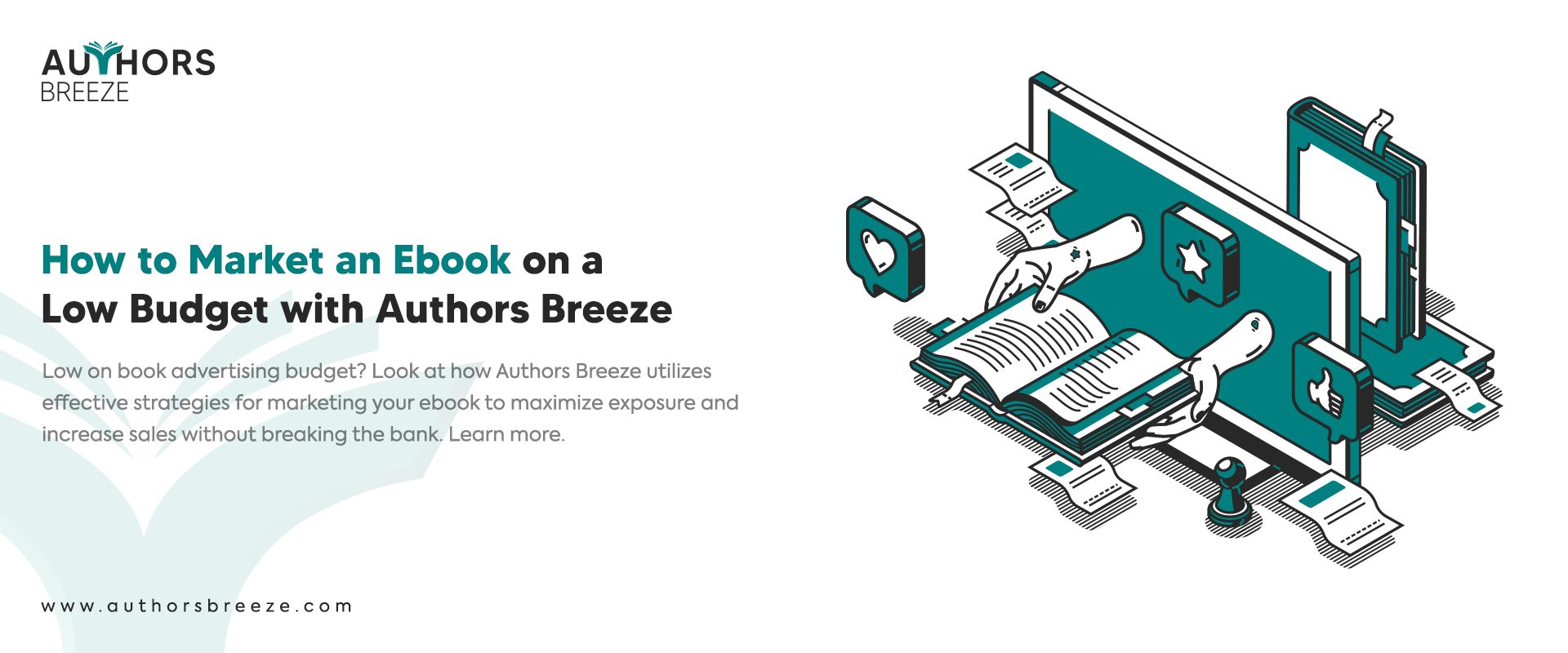You know, what is the magic of bookstores? They hold within their shelves countless stories that people look for. You should sell your book to bookstores therefore that your story reaches as many people as possible. So, let’s tell you how to sell your book to bookstores and expand your reach.
Why Sell Your Book to Bookstores?
Imagine you walk into a cozy bookstore, the smell of fresh pages filling the air, and see your book beautifully displayed on a shelf. A massive milestone for you as an author is to sell your book to bookstores. It not only validates your hard work but also opens doors to new opportunities. Therefore, you should know how to get your book in stores.
Bookstores act as gateways to connect your words with readers who may never have stumbled upon your book otherwise. They provide a platform to showcase your book and expose it to a broader audience.
What are the Benefits You Get When You Sell Your Book to Bookstores?
When you expand your reach and sell your book to bookstores, it provides you with a plethora of advantages.
- It grants your book credibility. When a bookstore carries your work, it tells readers that your story is worth their time and attention. Bookstores act as trusted curators. They guide readers toward noteworthy reads.
- They attract a diverse range of readers. It allows your book to reach audiences beyond your immediate circle. If you establish a presence in bookstores, you gain visibility and increase your chances of capturing the hearts of avid readers.
How to Sell Your Book?
If you have a dream of seeing your book displayed on the shelves or desire to touch the lives of readers far and wide, you have to sell your book to bookstores.
Step 1. Understand the Bookstore Market
Before you embark on your journey to sell your book, you should understand the diverse bookstore market. It will help you how to get your book into bookstores.
Different Types Of Bookstores
Bookstores have various shapes and sizes, each with its unique charm.
Independent: First, we have independent bookstores. These stores are often rooted in the local community. They showcase a curated selection of books tailored to the tastes of their loyal patrons.
Chain: Then, we have chain bookstores. They are larger establishments with multiple branches and offer a wide range of books. They attract a diverse audience and provide vast opportunities for exposure.
Online: Lastly, there are online bookstores. They are virtual realms where readers can browse and purchase books from the comfort of their homes, reaching readers worldwide.
Step 2. Identify Your Target Market and Match it with Relevant Bookstores
Take some time to think about who would be most interested in your story. Are you writing for children, young adults, or a specific genre? Once you have identified your target audience, it is time to match them with the right bookstores. For example, if you have written a fantasy novel, consider bookstores that specialize in science fiction and fantasy. When you align your book with the interests of potential readers, you can find a receptive audience and make money writing a book.
Step 3. Research Bookstores in Your Local Area and Beyond
Now that you know your target audience and the types of bookstores that cater to them, it is time to put on your detective hat and dive into some research. Before you learn how to sell your book to independent bookstores, explore bookstores in your local area. Visit them in person, browse their shelves, and get a sense of the books they carry. Take note of the genres they specialize in and the authors they support.
In addition, expand your search beyond your locality. Look for notable and big bookstores nearby in towns or cities. Even consider an online bookstore that buys books with a strong presence in your genre. The more you know about each bookstore, the better equipped you will be to approach them with confidence.
Step 4. Ensure Your Book Meets Industry Standards
To make your book stand out, you should ensure it meets industry standards. Enlist the help of a professional editor who can polish your manuscript, refine the language, and fix any errors. Then, focus on the design and formatting of your book. A clean and well-structured layout enhances the reading experience. Pay attention to fonts, spacing, margins, and chapter headings. Make sure they are consistent and visually appealing. If you adhere to these standards, your will be able to perceive your book as a professional and captivating work.
Step 5. Obtain an ISBN and Barcode for Your Book
An ISBN (International Standard Book Number) is like a unique identity card for your book. It helps bookstores and libraries identify and track your book in their systems. You can obtain an ISBN through an official agency in your country. Once you have the ISBN, do not forget to generate a barcode associated with it. These two elements are essential for smooth bookstore sales.
Step 6. Create an Eye-Catching Cover and Engaging Book Blurb
We have all heard the saying, “Don’t judge a book by its cover.” However, when it comes to bookstore sales, a beautiful cover catches the attention of the readers. So, invest in a professional book cover design that captures the essence of your book and entices potential readers to pick it up.
Alongside an appealing cover, craft a compelling book blurb. This concise description should pique the curiosity of the readers and give them a glimpse into the exciting world they will discover within your book.
Step 7. Price Your Book Competitively for the Bookstore Market
It is vital to find the right balance when pricing your book for bookstore sales. Research the prices of similar books in your genre and take into account factors such as:
- Page count
- Book format (hardcover, paperback)
- Production costs
Remember, bookstores have their own pricing strategies. So price your book competitively. It will make it more attractive to both bookstores and readers. Keep in mind that if you offer reasonable discounts to bookstores, it can incentivize them to carry and promote a book.
Step 8. Develop Your Author Brand
Create an author website or a dedicated social media page to showcase your book. Then, share your journey as an author, and connect with readers. Engage with your audience, post updates, share sneak peeks, and interact with their comments. A strong online presence demonstrates your commitment as an author. It also captures the attention of bookstores. They appreciate authors that actively promote their work.
Step 9. Craft a Compelling Query Letter Or Book Proposal
A well-crafted query letter or book proposal is your secret weapon when you approach bookstores. Introduce yourself as an author and briefly highlight the essence of your book. Share its unique features, themes, and why it would resonate with readers. Be concise, engaging, and let your passion for your work shine through. Remember, bookstores receive many inquiries. So make yours stand out by showcasing your unique voice and story.
Step 10. Identify the Appropriate Contact Person at Each Bookstore
Research helps you find the right contact person at each bookstore. Seek out the website of the store or call them to gather details. Inquire about their submission guidelines and the person responsible for selecting books to be carried in the store. Then, address your inquiry to the appropriate contact person. It shows your professionalism and attention to detail. If you personalize your approach, it can increase your chance. As a result, you can make a meaningful connection.
Step 11. Make a Strong First Impression With Your Communication
When you reach out to bookstores, always ensure to make a strong first impression with your communication. Craft a polite, concise, and well-written message that showcases your enthusiasm and professionalism. Avoid generic emails and tailor your communication to each bookstore. Highlight what makes your book unique and why it would be valuable to their collection. Attach any requested materials to provide further insight, such as:
- Sample chapters
- Press kit of your book
If you make a positive first impression, it will increase the likelihood of capturing the interest of bookstores.
Step 12. Understand the Terms and Conditions of the Bookstores
Before you negotiate with bookstores, familiarize yourself with their terms and conditions. Each bookstore may have its own set of requirements, such as
- Return Policies
- Payment terms
- Consignment or wholesale arrangements
Take the time to read and learn these terms thoroughly. It will help you negotiate more effectively. As a result, you will ensure a mutually beneficial agreement.
Step 13. Negotiate Consignment or Wholesale Arrangements
Consignment and wholesale are two standard distribution models when it comes to bookstores. Consignment involves placing your books in the store. Then, you receive payment when they sell.
Wholesale, on the other hand, sell your book to the store up front at a discounted price, and they assume ownership and responsibility for selling them.
Consider the pros and cons of each model and negotiate the terms that work best for both parties. Be prepared to discuss factors like pricing, commission rates, and the duration of the agreement.
Step 14. Offer Attractive Incentives and Discounts to Bookstores
You can offer attractive incentives and discounts to entice bookstores to carry your book. Bookstores appreciate extra incentives that help boost their sales and attract customers. For example, you could offer a higher commission rate. Also, you can provide promotional materials like bookmarks or posters to enhance their display. Discounts on bulk purchases can also be appealing to bookstores. You demonstrate your promise to support their success when you offer value-added incentives. It makes your book more appealing for them to carry.
Step 15. Build Long-Term Relationships with Bookstore Owners/Managers
It is essential to negotiate. However, it is also vital to build long-term relationships with bookstore owners and managers. It can have lasting benefits. Foster open and respectful communication during the negotiation process and beyond. Stay engaged and show support by attending book signings or book launch events at the store.
Also, help promote their establishment through your author platform. Build a relationship based on trust and mutual support. It can lead you to continue book positioning, stores recommend you to other stores, and valuable word-of-mouth referrals.
Step 16. Provide Promotional Materials
Promotional materials play a vital role and catch the attention of bookstore visitors. So, create eye-catching bookmarks, posters, or flyers that showcase the following:
- Cover of your book
- Key details
- Enticing quotes
Work with the bookstore to display these materials near the placement of your book or at strategic locations all over the store. These materials will create curiosity and serve as a gentle reminder for readers to explore your book.
Step 17. Collaborate with Bookstores on Joint Marketing Efforts
Work closely with bookstore owners and managers to brainstorm joint book marketing efforts. Consider hosting a themed book display or arranging a book club event around your book. You can also propose to cross-promote with other local authors or create a bookstore newsletter featuring recommended reads, including yours.
Collaboration is a powerful tool when it comes to marketing a book in bookstores. Join bookstores, and leverage their existing customer base to maximize the exposure of your book.
Step 18. Leverage Social Media and Online Platforms to Drive Foot Traffic
Utilize online platforms to create excitement about your book in bookstores. For example:
- Author website
Share images, teasers, video book trailers, and updates about the availability of your book in different stores. Engage with your followers by hosting giveaways, interactive contests, or virtual Q&A sessions. Encourage readers to visit the bookstores carrying your book and share their experiences online, amplifying the buzz around your work.
Step 19. Track & Analyze Sales and Adjust Marketing Strategies
It is crucial to track sales and inventory in each bookstore where your book is available. Keep in touch with bookstore owners or managers and gather info about the number of books sold and the stock levels. Keep a record of these details to monitor the demand for your book. This info will help you decide on future orders and your book marketing plan.
Sales data is a goldmine that can guide your marketing strategies. Analyze the sales patterns, identify peak periods or slow seasons, and explore the factors that influence sales. For example, do certain book advertisements, marketing campaigns, or events correlate with increased sales? Use this knowledge to fine-tune your marketing efforts and focus on strategies that yield the best way to sell books.
Step 20. Seek Feedback from Bookstore Staff and Customers
Engage with bookstore staff to gather feedback about customer reactions, inquiries, or any notable trends they observe. In addition, encourage readers to share their thoughts and reviews about your book. It helps you understand what resonates with your audience. Embrace both positive feedback and constructive criticism to refine your future marketing and writing endeavors.
Step 21. Adapt Your Approach Based on Market Trends and Reader Preferences
The publishing industry is ever-evolving. So, stay attuned to market trends and readers. Keep an eye on industry news and attend relevant events. Also, keep connected with fellow authors and book publishers. This will help you stay informed about emerging genres, popular themes, and new marketing techniques. Adapt your approach accordingly to align your book with current market trends. Cater to the evolving tastes of your readers.
Step 22. Explore Alternative Distribution Channels
Libraries and schools can expose your book to a diverse audience if you are marketing children’s books. Reach out to local libraries and offer them copies of your book for their collection. Organize author visits or reading sessions at schools to connect with young readers. When you tap into these channels, you introduce your book to new readers.
Step 23. Leverage Online Retailers and EBook Platforms
Make sure your book is available on popular online platforms such as:
- Amazon
- Barnes & Noble
- Other eBook platforms
Promote your eBook through your author’s website and social media channels. It makes it accessible to readers who prefer digital formats and extend the reach of your book beyond physical bookstores.
Also Read: How to Sell an eBook on Amazon: Skyrocket Your Book Sales.
FAQs
Is It Hard to Sell a Book?
It is not an easy task to sell your book. It would be tough how to sell a book if you didn't identify the target audience and apply effective marketing strategies. Book sales can also suffer if the pricing is not set appropriately. In addition, if the cover design fails to attract readers.
Do You Need a Publisher to Sell a Book?
You don't need a publisher to sell your book. Self-publishing is a viable option, but it can be challenging. However, self-publishing can lead to success with a good manuscript and dedication to promoting your work.
How Do You Sell Books Successfully?
You can learn how to sell your book successfully to bookstores if you follow the tips we have given you above in this blog.
Conclusion
It is crucial to learn how to sell your book to bookstores. It requires dedication, creativity, and perseverance. Take the lessons learned from this guide and apply them to your own unique journey. The world is waiting to discover your book; bookstores can be the gateway to a vast audience. So, go forth with passion and the belief that your book has the power to touch hearts and captivate minds.
Now armed with knowledge and strategies, it is time to take action! Don’t be afraid to step outside your comfort zone and approach bookstores with confidence. Believe in the value of your book and the unique story you have to share with the world.






